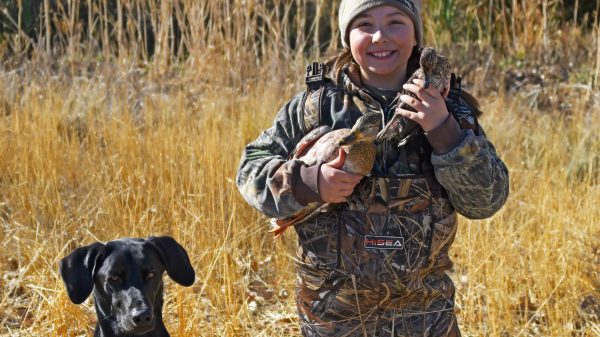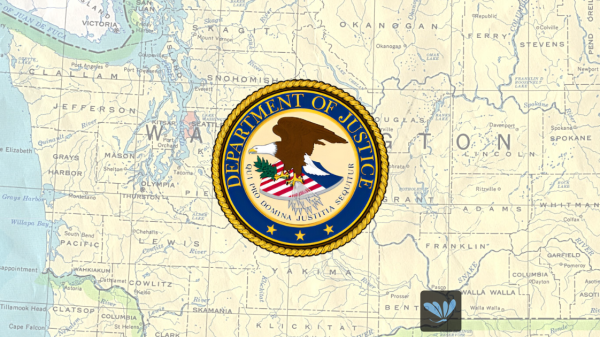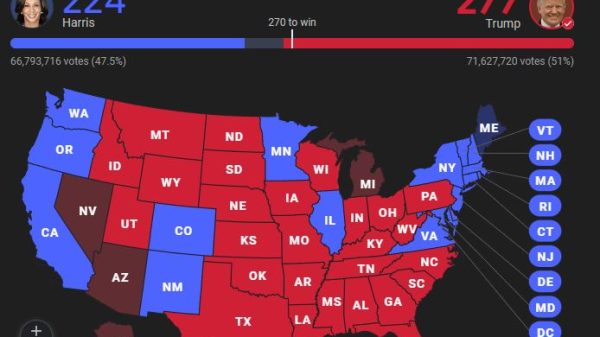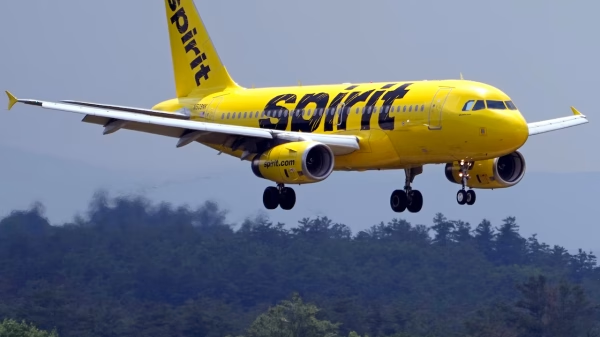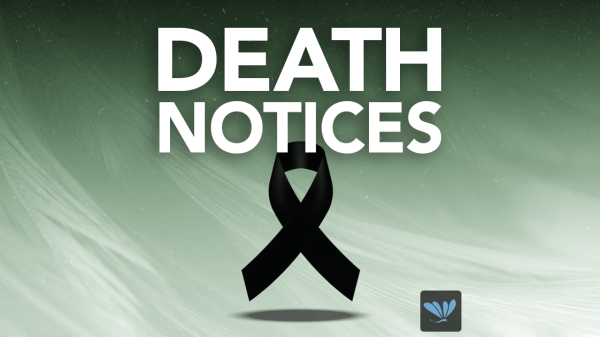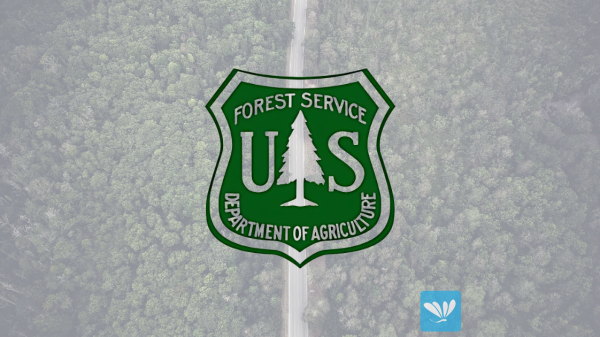(The Center Square) – Washington Department of Fish and Wildlife Director Kelly Susewind has authorized lethal removal of one or two wolves from the Leadpoint pack to stop repeated attacks on cattle in Stevens County.
The agency has confirmed three kills and two injuries of livestock grazing on private lands in the last 30 days. The number of depredations triggers a hunt under the state’s wolf management plan.
Susewind released a written statement on Sept. 22 about the upcoming hunt outlining that the affected rancher had tried without success to curtail attacks by use of non-lethal deterrents.
WDFW’s wolf removal policy allows a hunt of pack members that kill or injure livestock three times within 30 days or four times within 10 months. The rancher must demonstrate that non-lethal measures failed to work before a wolf can be euthanized.
In recent days, ranchers in Northeastern Washington have questioned whether WDFW administrators intended to use the failed hunt for a Smackout wolf earlier this month to shut down the lethal removal program. Susewind’s decision Sept. 22 to hunt Leadpoint pack members appears to have answered that question.
“We are glad that they have decided to try and offer some relief to the rancher,” said Scott Nielsen, president of the Stevens County Cattlemen’s Association and a board member of Cattle Producers of Washington.
Susewind suspended lethal removal operations on Sept. 8 after a WDFW team mistakenly killed a wolf pup and not an adult. In addition, the juvenile was believed to be part of the Dirty Shirt Pack and not a Smackout member. The two packs have territory in Stevens and Pend Oreille counties.
In Thursday’s announcement about the upcoming hunt, Susewind reported that the rancher who sustained recent losses due to Leadpoint activity opted not to utilize his grazing allotment on U.S. Forest Service land this season due to wolf activity in previous years.
Instead, he located cattle in a private fenced pasture at the bottom of a valley. The rancher had reportedly utilized a Cattle Producers of Washington range rider, adding another one on Sept. 2.
“These riders, in conjunction with the producer and family, have maintained daily/near daily presence in the area where affected cattle graze,” stated Susewind.
He said the rancher aimed to keep cattle in the valley and removed trees and brush in an area that wolves were known to cross. Sick or injured livestock were removed from the pasture and carcasses were properly disposed of to avoid attracting wolves.
According to Susewind, WDFW staff deployed a radio-activated guard box and several Fox lights in the area where the depredation events occurred.
“Unfortunately, even with the additional effort, depredations have escalated in a short timeframe in a localized area. Based on this assessment, WDFW staff believe depredations are likely to continue,” he said.
He noted that, in previous years, WDFW has documented 12 – 30 mortalities per year. The wolf population has continued to grow and expand its range, so the hunt is not expected to jeopardize recovery of the Leadpoint Pack.
Susewind’s lethal removal authorization expires when one or two wolves have been removed or after Oct. 5, whichever comes first.
The authorization and/or permit could be extended or amended to include other wolves in the pack area if additional depredations are documented, according to Susewind.
WDFW has announced its next update on wolf activity will be posted Sept. 29.

















